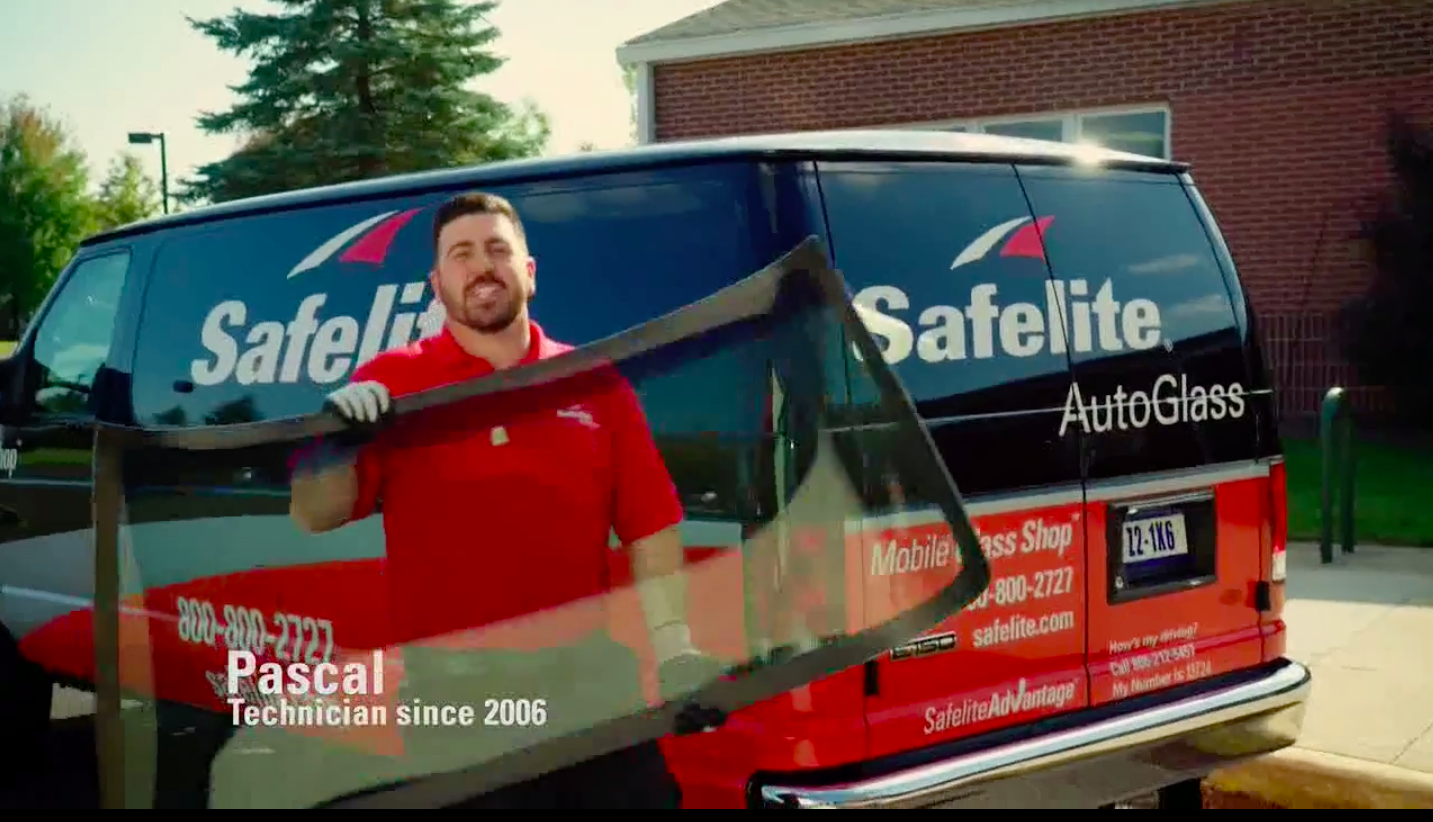Safelite Gets Clear Success With Automated OTT Campaign

Why This Matters: As more viewing takes place over the top, marketers are looking for evidence that buying streaming ads will produce results.
Marketers are looking to tap the growing number of viewers watching shows over the top through connected devices. But before they spend good money on OTT advertising, they want to see proof that it works.
Horizon Media recently ran a campaign for client Safelite AutoGlass that employed a lot of advanced advertising bells and whistles. The agency bought its data-targeted campaign programmatically through demand-side platform dataxu and used several connected-TV providers, including premium content on Hulu. (Roku on Oct. 22 agreed to buy dataxu to boost its OTT sales, but said it remains committed to all of its partnerships.)
The results were impressive: Safelite saw a 45% lift in traffic on its site and a 43% lift in sales books. Hulu also emerged as a strong value, coming out as three times more efficient on a cost basis compared to the other OTT content used in the campaign.
Historically, Safelite, which repairs auto windshields, has used linear TV to drive appointments. But with cord-cutting and cord nevers, the company wanted to understand what impact streaming could have on their business, said Chris Owen, senior VP, managing director at Horizon.
“They were definitely interested in the space,” Owen said. The point of the test was to “prove out the efficacy of what we were doing beyond saying, ‘Let’s start putting some dollars there because the audience is there.’ ”
The agency had worked with dataxu before, but Safelite had not run a campaign through it. It was chosen from among the DSPs Horizon works with because of the strength of dataxu’s device graph, agency director of digital strategy Jared Del Prete said. That device graph gives dataxu the ability to identify viewers and measure their post-exposure activities, including going to the Safelite website and placing an order on devices in the home other than whatever was used to watch the commercial.
Broadcasting & Cable Newsletter
The smarter way to stay on top of broadcasting and cable industry. Sign up below
“They seem to have the best technology to help us move forward with this specific test,” Del Prete said.
The agency was pleasantly surprised by the amount of impact it was able to measure following the campaign, both in terms of raising brand awareness and generating sales. Horizon used its own analytic tools to validate the results it got via dataxu, Del Prete said.
Buying the campaign programmatically also had benefits in being able to track which networks and content were bought, which devices were used to view programming and what response they generated, he said.
Given the results, Safelite will spend more money on OTT. “We’ve seen continued success in linear TV and continue to invest heavily there, but the results of the CTV campaign have been so strong and so encouraging that we’ve been able to get incremental dollars to the overall budget to fund expansion in that area,” Owen said.
Ziggy Zografakis, director, marketplace at dataxu, said it is often called on to show agencies and their clients that OTT works in combination with linear TV. “More people are starting to buy in, both figuratively and quite literally,” he said.
In test campaigns like the one Safelite ran, dataxu often sees dramatic increases, Zografakis said. “We’ve seen it be a really effective tool to drive whatever the outcome is that you’re looking for,” he said. “Overall, it portends well for the future of CTV because we’re able to measure it and show outcomes. People aren’t used to that in TV.”
Hulu started allowing limited automated buying of its ad inventory in 2017. In January, it added invite-only auctions to its offerings and has seen a big increase in automated sales.
Clients Like Auctions
The invite-only auctions give clients greater freedom to buy and plan based on their KPIs, said Doug Fleming, head of advanced TV at Hulu. Since they were instituted, “we have seen nine times growth year over year from advertiser adoption,” he said. “So the data and automation story is resonating. And through case studies like [Safelite’s], we’re seeing the success of the strategy.”
Fleming declined to say how much of Hulu’s ads are sold via automated channels.
Many clients like Safelite, which haven’t been Hulu advertisers, have been signing up. And some existing clients have been taking advantage of the ability to leverage data and the automated programs, Fleming said.
Those invite-only auctions create a private marketplace, which assures brand safety. They also allow Hulu to maintain its pricing. “Programmatic was never set up as a means to get Hulu cheaper,”
Fleming said. Pricing with the big agency holding companies is pre-negotiated at the upfront. Fleming said the Safelite case study gives added proof to how well premium content performs as part of an automated buy.
“It’s great to know that it works as well as we believed it to work,” Fleming said. “We’re certainly running around the market talking about it.”
Jon has been business editor of Broadcasting+Cable since 2010. He focuses on revenue-generating activities, including advertising and distribution, as well as executive intrigue and merger and acquisition activity. Just about any story is fair game, if a dollar sign can make its way into the article. Before B+C, Jon covered the industry for TVWeek, Cable World, Electronic Media, Advertising Age and The New York Post. A native New Yorker, Jon is hiding in plain sight in the suburbs of Chicago.










